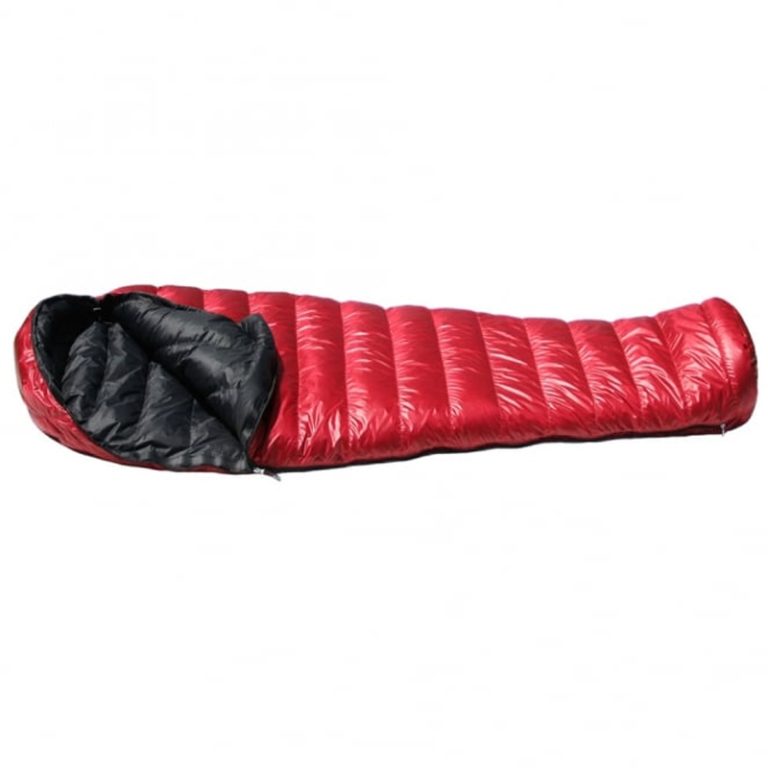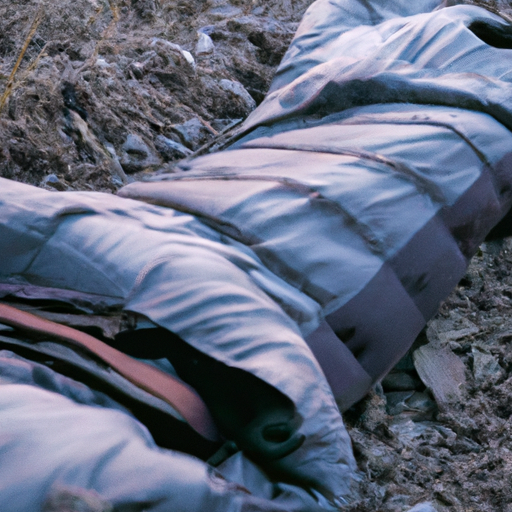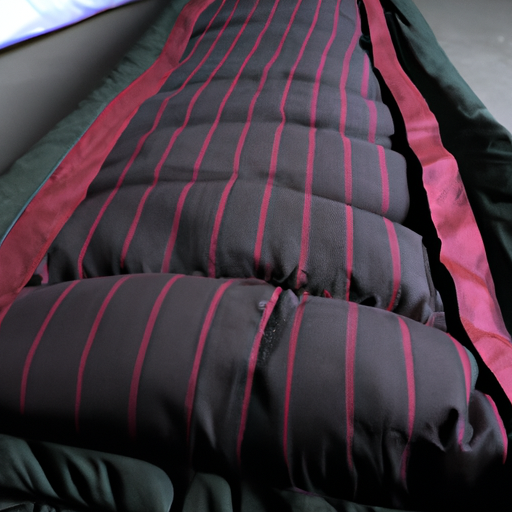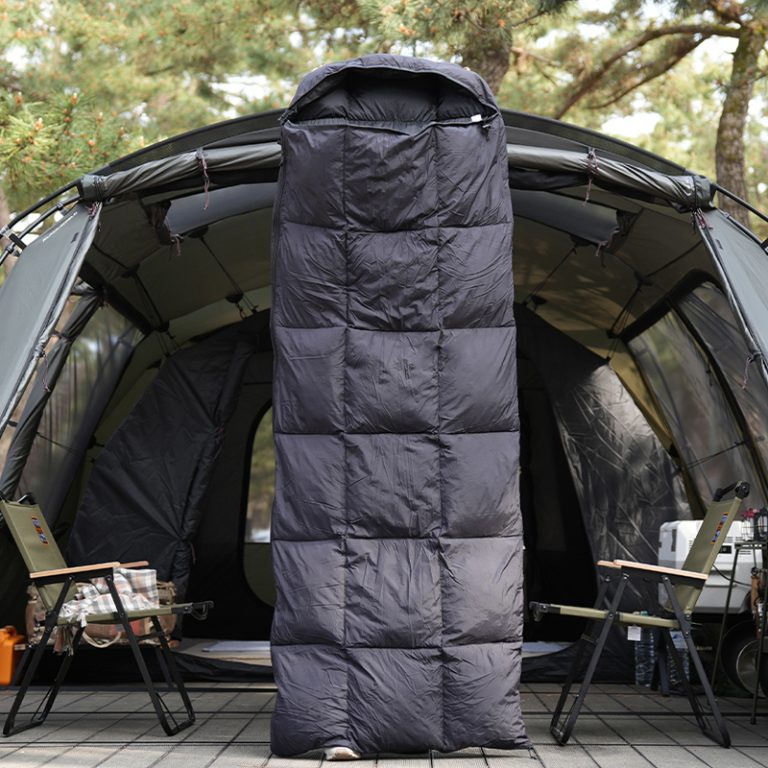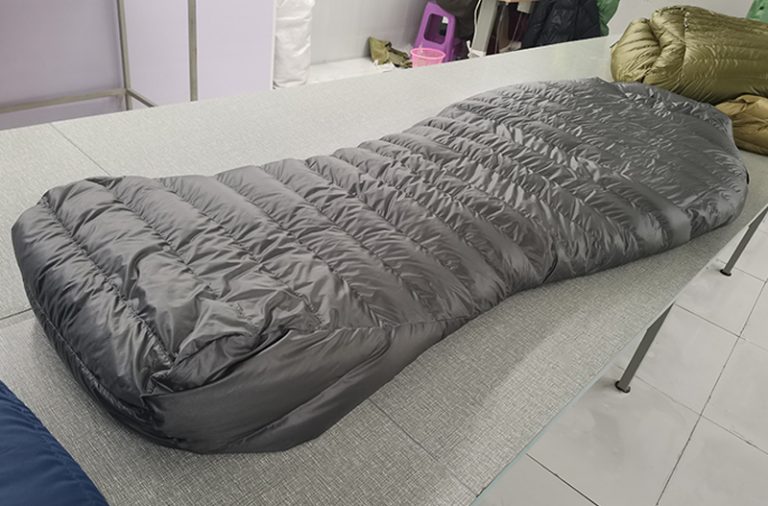How to Choose the Right Sleeping Bag for Optimal Thermal Insulation
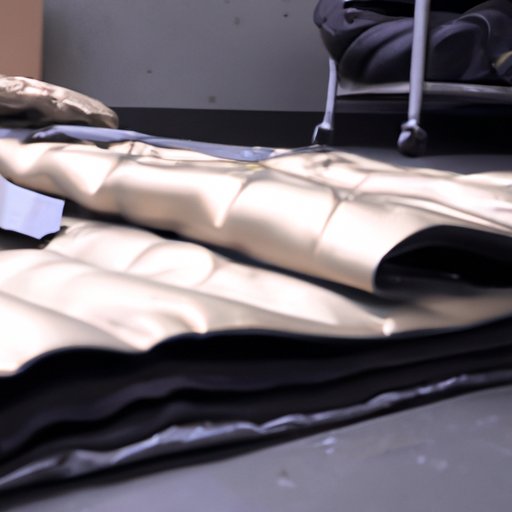
When it comes to choosing the right sleeping bag for optimal thermal insulation, there are several factors to consider. First, you need to determine the temperature rating of the sleeping bag. This rating will tell you the lowest temperature at which the bag will keep you warm. It is important to choose a bag that is rated for temperatures lower than the temperatures you expect to encounter.
Next, you should consider the type of insulation used in the sleeping bag. Down insulation is the most efficient and lightweight option, but it is also the most expensive. Synthetic insulation is less expensive and still provides good insulation, but it is heavier and not as compressible as down.
The shape of the sleeping bag is also important. Mummy-style bags are the most thermally efficient, as they are designed to fit closely around your body and minimize the amount of air that can escape. Rectangular bags are less efficient, as they allow more air to escape.
Finally, you should consider the weight of the sleeping bag. Heavier bags are more thermally efficient, but they are also more difficult to carry. If you are backpacking, you may want to opt for a lighter bag that is still rated for the temperatures you expect to encounter.
By considering these factors, you can choose the right sleeping bag for optimal thermal insulation. With the right bag, you can stay warm and comfortable in even the coldest temperatures.
Exploring the Different Types of Insulation Used in Sleeping Bags and Their Benefits
Sleeping bags are an essential piece of camping gear, providing warmth and comfort in the outdoors. Insulation is the key factor in determining how warm a sleeping bag will keep you, and there are several types of insulation used in sleeping bags. Understanding the different types of insulation and their benefits can help you choose the right sleeping bag for your needs.
Down insulation is the most popular type of insulation used in sleeping bags. It is made from the soft, fluffy undercoating of ducks and geese, and is highly compressible and lightweight. Down insulation is also very efficient at trapping air and providing warmth, making it an ideal choice for cold weather camping. The downside of down insulation is that it is not very durable and can lose its insulating properties when wet.
Synthetic insulation is a popular alternative to down insulation. It is made from polyester fibers and is designed to mimic the insulating properties of down. Synthetic insulation is more durable than down and retains its insulating properties when wet, making it a great choice for wet climates. However, synthetic insulation is heavier and less compressible than down, making it less ideal for backpacking.
Another type of insulation used in sleeping bags is wool. Wool is a natural fiber that is highly breathable and moisture-wicking, making it a great choice for warm weather camping. Wool is also very durable and retains its insulating properties when wet, making it a great choice for wet climates. The downside of wool is that it is heavier and less compressible than down or synthetic insulation, making it less ideal for backpacking.
Finally, there is the newer type of insulation used in sleeping bags: synthetic microfiber insulation. This type of insulation is made from ultra-fine polyester fibers and is designed to provide superior warmth and compressibility. Synthetic microfiber insulation is lightweight, highly compressible, and retains its insulating properties when wet, making it an ideal choice for backpacking.
No matter which type of insulation you choose, understanding the benefits of each can help you make an informed decision when selecting a sleeping bag. Down insulation is lightweight and highly compressible, making it ideal for cold weather camping. Synthetic insulation is more durable and retains its insulating properties when wet, making it a great choice for wet climates. Wool is highly breathable and moisture-wicking, making it a great choice for warm weather camping. And synthetic microfiber insulation is lightweight, highly compressible, and retains its insulating properties when wet, making it an ideal choice for backpacking.

